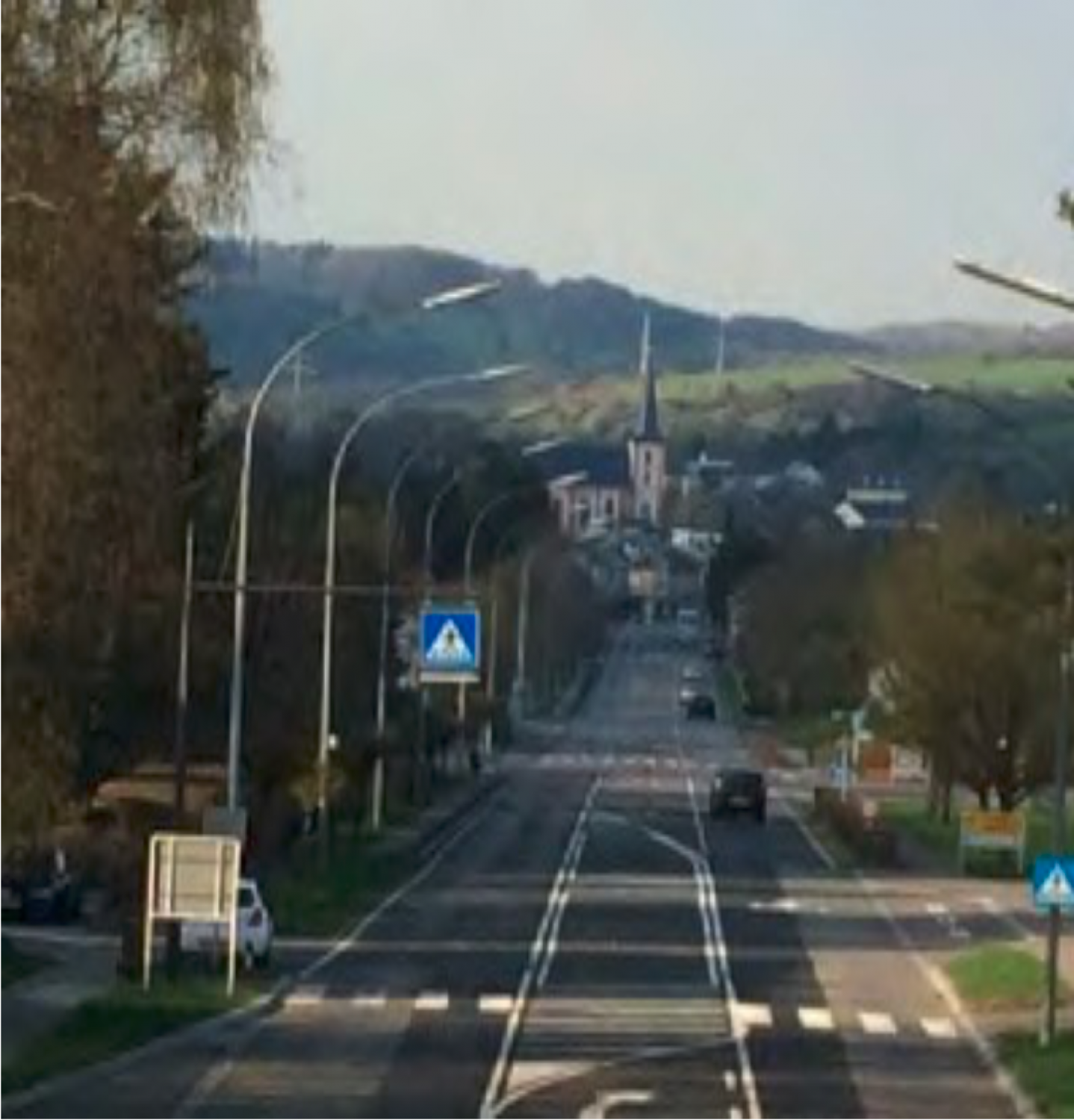Junglinster
A t t h e Raiderwand in front of the community building in Junglinster in the rue de Bourglinster

In the 17th century, Junglinster still consisted of the towns of Junglinster and Lauterborn, which grew together over time. In older writings, however, it is not always clear whether Linster refers to Altlinster [lit. Old Linster] or Junglinster [lit. Young Linster]. The fact is that, as shown by the findings in the area of Junglinster, there was lively settlement activity from 96 to 400 BCE along the old Roman road Kirchberg-Altrier-Bitburg. The patronage of Lincera, as the town was called then, was attributed to the Abby of Echternach in the 10th century. In 1313, that right went to the monastery of Clairefontaine. However, as early as 1336, we find it in the hands of the Lords of Linster, together with the presentation rights, who also possessed the highest legal jurisdiction. In Lauterborn there was an important mill, which belonged to Bourglinster Castle for several hundred years. The regency of Maria Theresia brought peace and prosperity to Junglinster, as the still impressive residences and courtyards from that era demonstrate today. Though the First World War had no significant effect on Junglinster, the boom created by the connection to the rail network was dampened by the Second World War. The combination with the town of Rodenburg created on of the largest municipalities in Luxembourg, facilitating the rapid development of Junglinster as the center and seat of the town. Thanks to the unique location between the Müllerthal and Mosel regions and the city of Luxembourg, Junglinster with is large, well-maintained network of hiking trails, beautiful and multifaceted landscape and numerous historical and cultural highlights has become a sought-after destination for hiking.